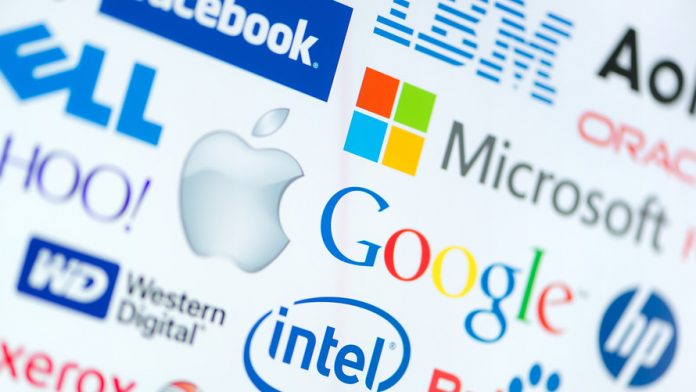Tech stocks rebounded this morning after three consecutive days of losses, pushing the Nasdaq Composite up by 0.4%. The Dow Jones Industrial Average fell 73 points (0.22%) by comparison while the S&P traded flat.
Investors found value in some big tech stocks that took hits earlier this week. Tesla shares managed to rise even after facing a second downgrade from a major Wall Street bank in two days. Morgan Stanley’s Adam Jonas, a known Tesla supporter, reduced his rating to equal weight from overweight, citing “a more balanced risk reward” after the stock’s spectacular run. Amazon shares rose by over 3%, and Microsoft and Apple also experienced around a 1% increase.
Boeing supplier, Spirit AeroSystems, saw an 11% drop after announcing a halt in production at its Kansas facility following a strike notice from its workers. Boeing’s shares also fell by more than 2%, adding to the Dow’s losses.
The S&P 500 slid 0.5% on Wednesday, marking its worst performance in June. The index is down 1% this week and looks set to end its five-week winning streak. This comes after it reached its highest level in over a year last week.
Wednesday’s drop occurred when Federal Reserve Chair Jerome Powell suggested more rate hikes to tackle inflation, dampening hopes of investors who thought the Fed’s tightening cycle was nearing its end.
Although rates were steady at last week’s policy meeting following 10 consecutive hikes, officials hinted at two more quarter-percentage-point increases this year.
“Markets are weaker because I think they’re realizing that not just the Federal Reserve, but global central banks are not done, and are still actually fully committed to their inflation fight and will sacrifice economic growth if they need to,” said Megan Horneman, chief investment officer at Verdence Capital Advisors.
Adding to interest rate concerns was the Bank of England, which raised rates by 50 basis points today, marking its 13th consecutive increase. This follows the latest inflation data showing a higher-than-expected reading of 8.7% in the UK for May.
“We’ve raised rates to 5% following recent data which showed that further action was needed to get inflation back down,” said BoE governor Andrew Bailey.
“The economy is doing better than expected, but inflation is still too high and we’ve got to deal with it. We know this is hard – many people with mortgages or loans will be understandably worried about what this means for them. But if we don’t raise rates now, it could be worse later.”
Bailey concluded:
“We are committed to returning inflation to the 2% target and will make the decisions necessary to achieve that.”
British rates now sit at 5% and could go higher still as the BoE attempts to beat back inflation.
Stateside, the Department of Labor revealed 264,000 jobless claims for the week ending June 17. This stoked hopes of a “no hike” July FOMC, but economists cautioned investors to not go overboard.
“Three straight readings above 260K are not conclusive evidence of a real shift in the trend, especially given the uncertainty over potentially large numbers of fraudulent claims, and the unreliability of the seasonals,” said Pantheon Macroeconomics chief economist Ian Shepherdson.
Shepherdson’s right; jobs data has been completely unreliable over the last few months (and arguably longer than that). In Massachusetts, for example, officials realized in late May that the state reported 171,000 fraudulent claims.
Still, today’s unemployment fillings temporarily boosted tech shares. But will stocks be able to stage a broader recovery from here? It’s certainly possible. Until the S&P posts another impressive daily gain, though, the market’s short-term trend should favor bears, not bulls, as stocks still linger near their yearly high.








